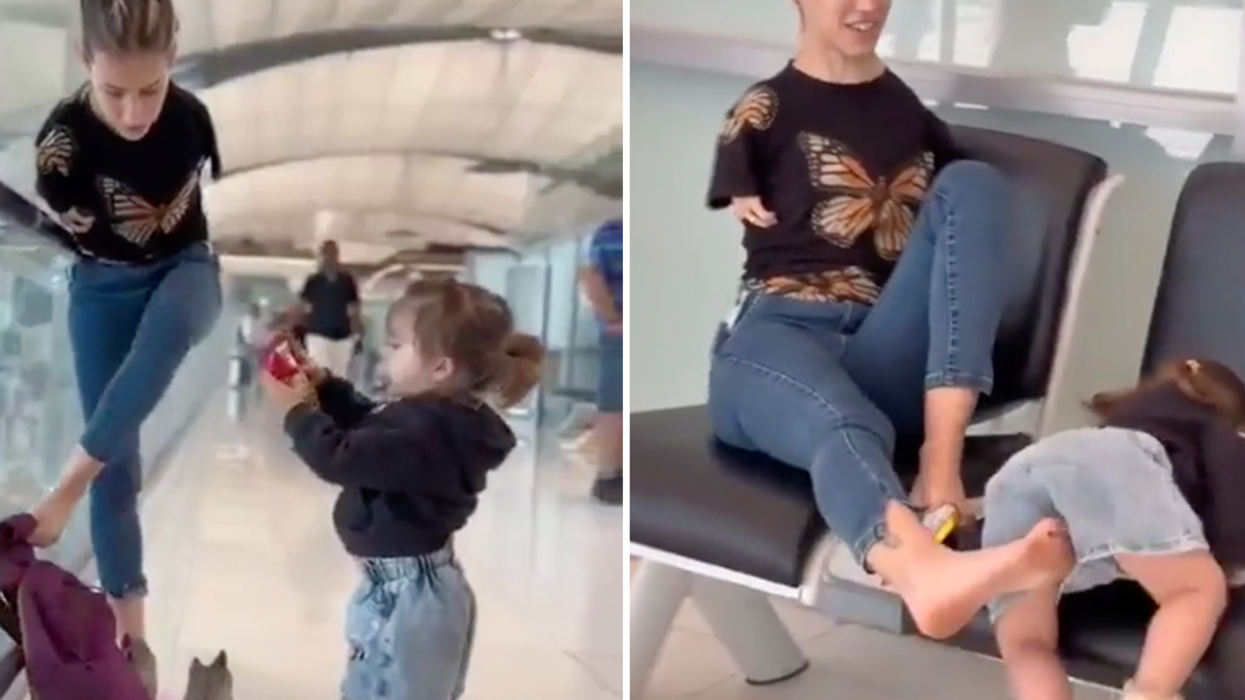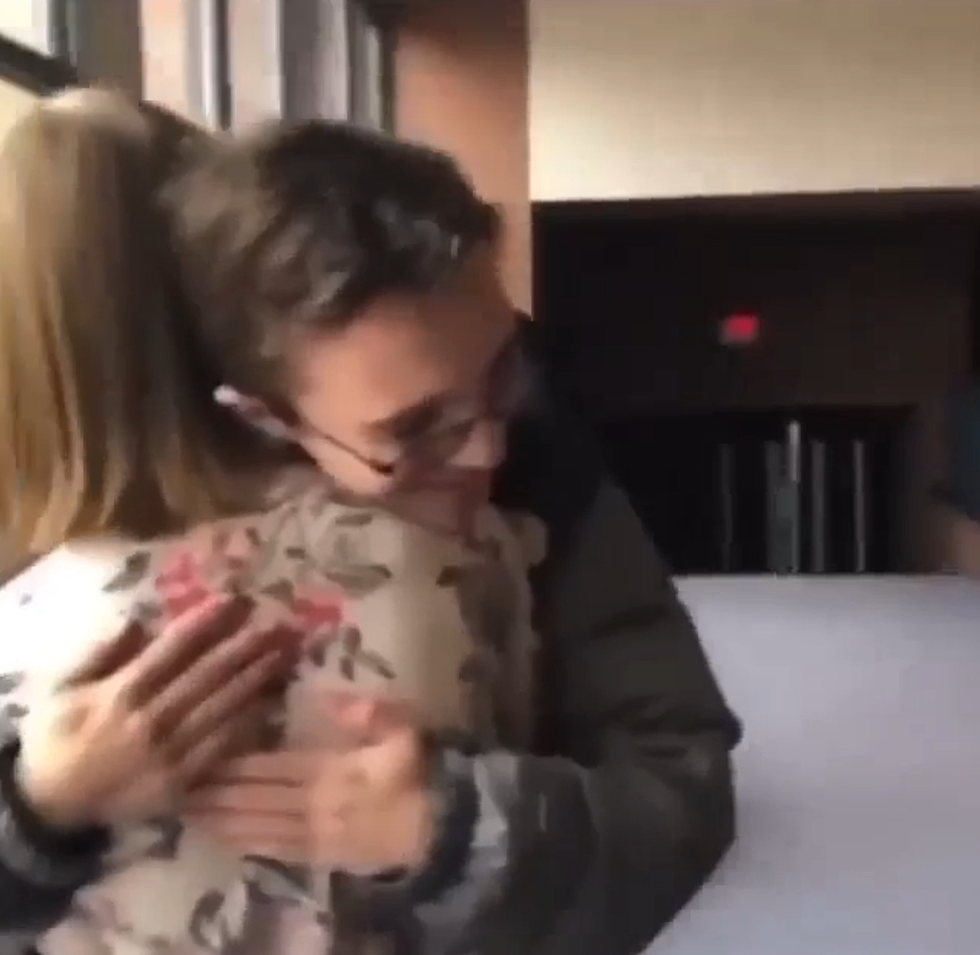If you’re someone who gets a bit nervous during turbulence or feels your heart skip a beat when the plane dips, there’s a chance Emmet Feerick might be able to help you relax. That’s right — a guy who spends his days explaining plane crashes on YouTube might be your ticket to feeling less afraid of flying.
Feerick, a 28-year-old trainee pilot from Dublin, runs a YouTube channel called Green Dot Aviation, where he analyzes some of the most chilling aviation disasters in history. But instead of adding to the fear, Feerick’s detailed breakdowns are designed to do the exact opposite: promote rational, evidence-based perspectives on air travel safety. According to a profile in The Sunday Times, his videos have racked up millions of views and are helping people see that flying is far safer than sensationalist headlines might lead you to believe.
Turning fear into fascination
Feerick’s videos use flight simulators and meticulous research to recreate the cockpit experience during historical crashes. Whether it’s the 2014 disappearance of Malaysia Airlines Flight 370 (which has over 7 million views) or the 1987 mid-air breakup of South African Airways Flight 295, Feerick’s approach is straightforward and grounded in fact. There’s no fear-mongering, no conspiracy rabbit holes — just clear, calm explanations of what went wrong and why it’s unlikely to happen again.
Speaking to The Times from his favorite plane-spotting site near Dublin Airport, Feerick explained that his goal is to counteract the "sensationalistic" portrayals of air disasters in mainstream media.
"When a plane does crash, it makes big news. Even now, the fact that we’re making a news story about turbulence, that wouldn’t have happened a few decades ago because there would be a crash to make a news story about. So, it’s gotten so safe," Feerick said.
Analyzing the "godlike" moves of pilots
In one of his most popular videos, Feerick examines the 2010 emergency landing of Qantas Flight 32, where the pilots successfully brought the plane down after an engine failure. The video, with over 2.7 million views, highlights the incredible skill and composure required to avert disaster. It’s the kind of analysis that makes you realize just how many layers of protection are in place when you’re flying.
Feerick’s background in psychology adds another layer to his work. He’s not just focused on the technical side of aviation but also on the human factors that play into these situations. His videos help viewers understand why pilots make their decisions and how those decisions can prevent catastrophe.
Fighting fear with facts
One of Feerick’s key messages is that aviation safety has improved greatly. Although his research covers crashes that seem like worst-case scenarios, it continually points to the incredible rarity of such incidents.
"You get the sense if you watch the videos that there is so much that has to go wrong for a plane to crash. There are so many layers of protection. Flying is incredibly safe," Feerick told The Sunday Times.
He’s quick to remind viewers that advancements in technology and training mean air travel is safer now than it’s ever been. Even when discussing terrifying topics like clear air turbulence — the invisible kind that can’t be detected by radar — Feerick compares it to an unexpected pothole on the road: jarring, yes, but rarely catastrophic.
Calling out the sensationalists
Not all plane crash content gets Feerick’s stamp of approval. He’s been particularly critical of the Netflix documentary about MH370, arguing that it gave too much weight to conspiracy theories.
"I just thought it was terrible. These things are fascinating by themselves. If you tell the truth or tell what you understand about the thing, there are so many interesting things to talk about," he said.
Instead of hyping up conspiracies, Feerick’s own take on the MH370 mystery points to the most plausible explanation: the plane’s captain likely sabotaged the flight. It’s a chilling conclusion but one backed by the available evidence.
The skies are calling
Despite spending his days deep in the gritty details of aviation disasters, Feerick’s passion for flying remains undimmed. He’s currently training to be a pilot in Jerez, Spain, and feels more confident about taking to the skies than ever before.
"It’s kind of reaffirmed to me that when something goes wrong on a plane, it’s because so many things have gone wrong. It’s so unlikely and, as we know, it basically never happens."
For those of us who dread every bump and rattle at 35,000 feet, Emmet Feerick’s videos offer something surprisingly rare: a dose of rational calm in an often irrational world.
So, next time you’re bracing for takeoff, maybe give Green Dot Aviation a watch. You might just find yourself feeling a little less nervous — and a lot more fascinated.
You can explore more of Emmet Feerick’s videos here.












 It wasn't even February, so she wasn't expecting what came next.
It wasn't even February, so she wasn't expecting what came next.  The hug came first, the 'yes' took a few moments more.
The hug came first, the 'yes' took a few moments more. 






 A golden retriever carries a baseball bat in its mouthCanva
A golden retriever carries a baseball bat in its mouthCanva






